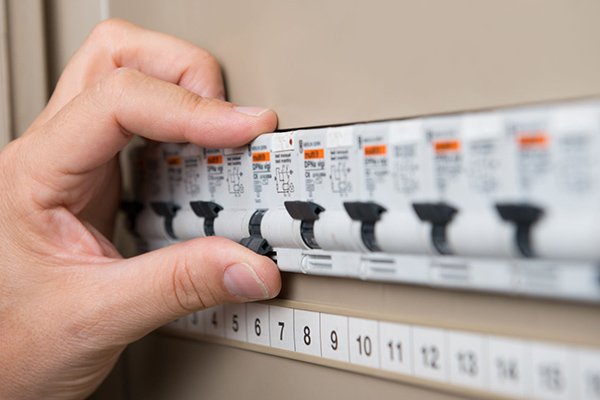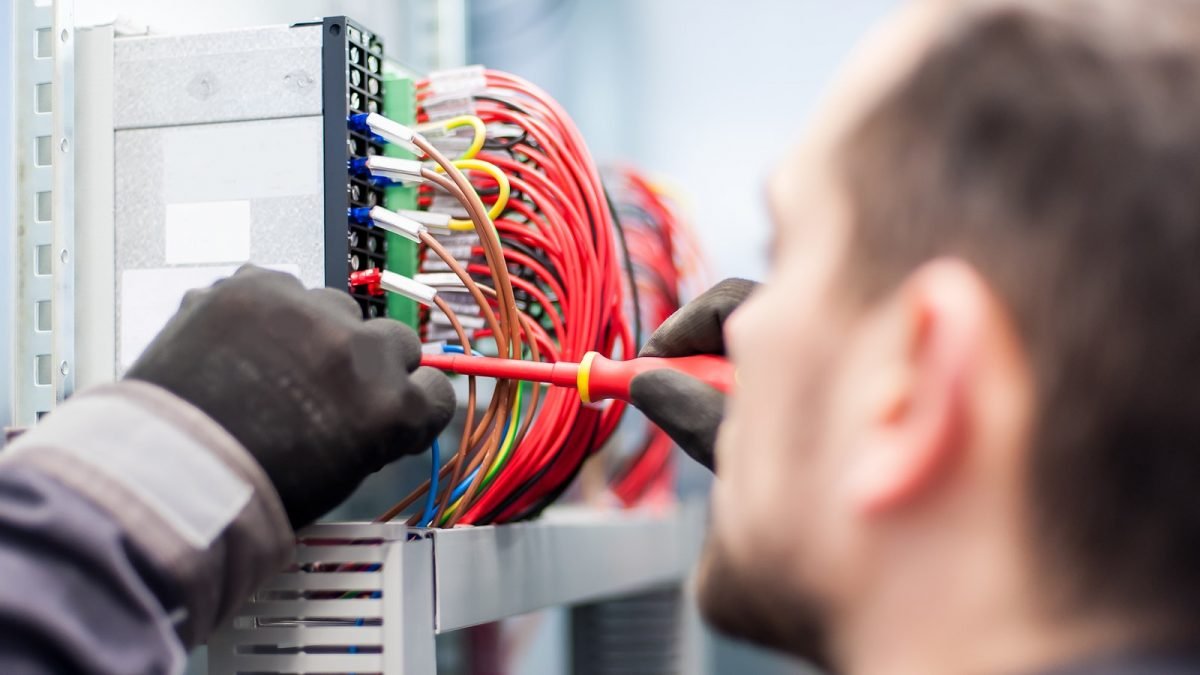Common Electrical Defects
Electrical defects are a common occurrence in many households, commercial buildings, and industrial facilities. These defects can pose a serious risk to the safety and well-being of people and property. Understanding the causes, risks, and solutions to common electrical defects can help prevent accidents and ensure the efficient and safe operation of electrical systems.
In this blog post, we will discuss the most common electrical defects, their causes, risks, and solutions.
1. Faulty Wiring
Faulty wiring is one of the most common electrical defects found in homes and buildings. This defect can result from poor installation, incorrect wiring, or damage to the wiring over time. The main causes of faulty wiring include:
Overloading: Overloading occurs when too many electrical devices are connected to a single circuit, leading to overheating and damage to the wiring.
Poor installation: Improper installation of electrical wiring can lead to loose connections, which can result in arcing, sparking, and even electrical fires.
Ageing: Over time, electrical wiring can become worn and damaged, leading to insulation breakdown and increased risk of electrical shock or fire.
The risks of faulty wiring are serious and can include electrical shocks, fires, and even death. The solutions to faulty wiring include regular inspection and maintenance, upgrading old wiring, and hiring a licensed electrician for installation and repair work.
2. Circuit Breaker Tripping
A circuit breaker is an essential safety feature in electrical systems, designed to protect against overloading and short circuits. When a circuit is overloaded or short-circuited, the circuit breaker will trip and shut off the power to the affected circuit.
However, frequent circuit breaker tripping can indicate an underlying electrical defect, such as:
Overloading: When too many electrical devices are connected to a circuit, it can overload and trip the circuit breaker.
Short circuits: Short circuits occur when a hot wire comes into contact with a neutral wire or a ground wire, causing a surge of electricity that trips the circuit breaker.
Faulty wiring: Faulty wiring can also cause circuit breakers to trip, as loose connections and damaged wires can lead to electrical arcing and sparking.
The risks of circuit breaker tripping include electrical shock, fire, and damage to electrical devices. Solutions to circuit breaker tripping include identifying the root cause of the problem and addressing it, such as upgrading the circuit or reducing the number of electrical devices connected to it.
3. Ground Faults
A ground fault occurs when an electrical current flows through a path other than the intended one, such as through a person's body or the ground. This defect can result from faulty wiring, damaged electrical devices, or improper installation.
The main causes of ground faults include:
Damaged wiring: Damaged wiring can lead to ground faults, as the electrical current can escape the intended path and flow through other objects, such as water pipes or metal objects.
Overloaded circuits: Overloaded circuits can also cause ground faults, as the excess electrical current can seek out alternate paths to flow through.
The risks of ground faults include electrical shock, fires, and damage to electrical devices. Solutions to ground faults include regular inspection and maintenance of electrical systems, upgrading old wiring, and installing ground fault circuit interrupters (GFCIs) in areas where water is present, such as bathrooms and kitchens.
4. Electrical Noise
Electrical noise is an unwanted signal that can interfere with the proper functioning of electrical devices. This defect can result from a variety of sources, including:
Poor grounding: Poor grounding can cause electrical noise, as the electrical current can flow through other objects and create unwanted signals.
Electrical interference: Electrical interference from nearby electrical devices can also cause electrical noise, as the signals can interfere with each other.
Electrical defects are a serious safety concern that can pose a risk to people and property. By understanding the causes, risks, and solutions to common electrical defects, individuals and businesses can take steps to prevent accidents and ensure the efficient and safe operation of electrical systems. Regular inspection, maintenance, and hiring a licensed electrician for installation and repair work can help identify and address electrical defects before they become a hazard. It is crucial to prioritize safety when dealing with electrical systems and devices, and to seek professional help when in doubt.
If you’d like to schedule an inspection, contact us now:
🌎 latinspection.com
📞 408-613-5572
✉️ Info@LATinspection.com
📍Federal Way, WA





